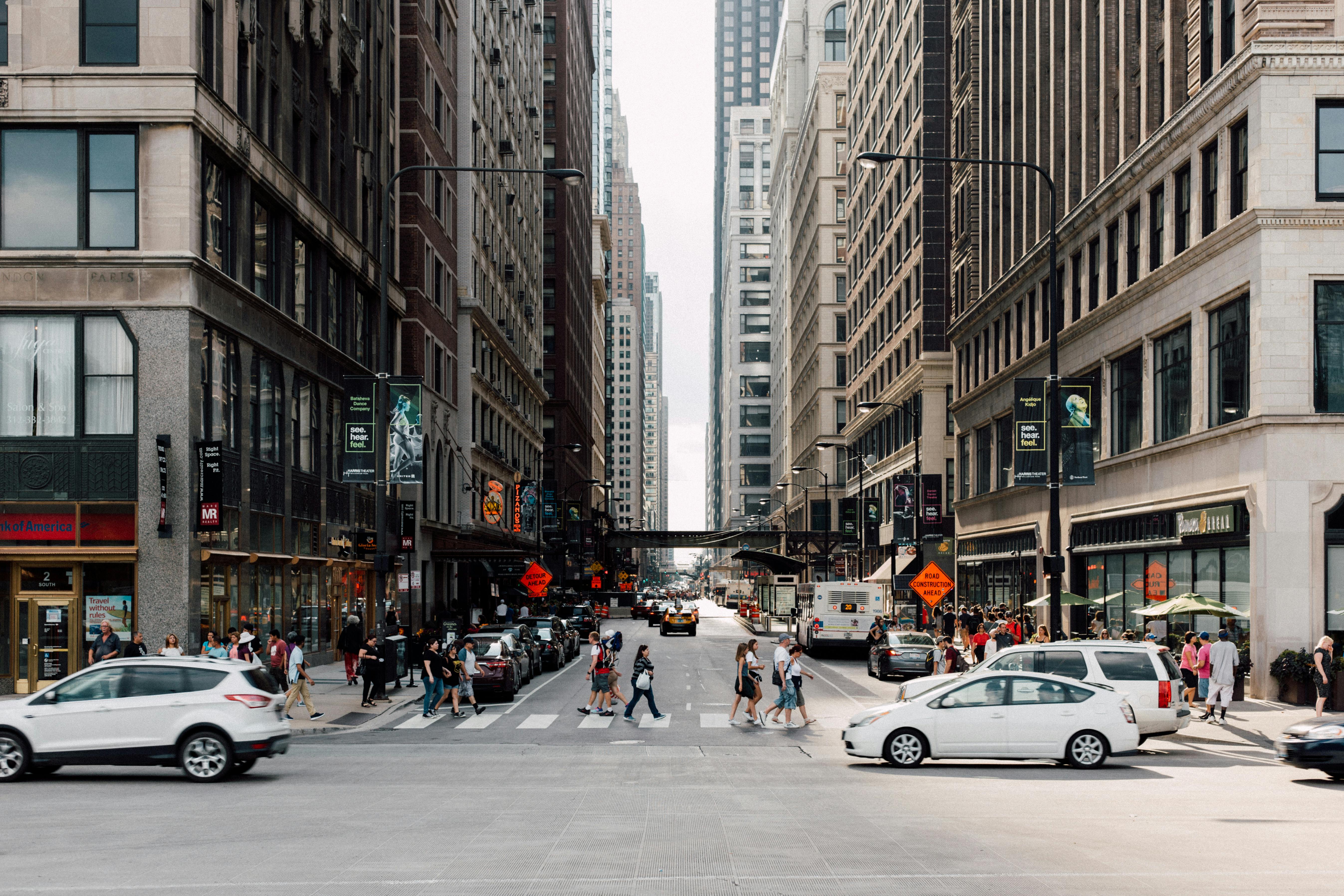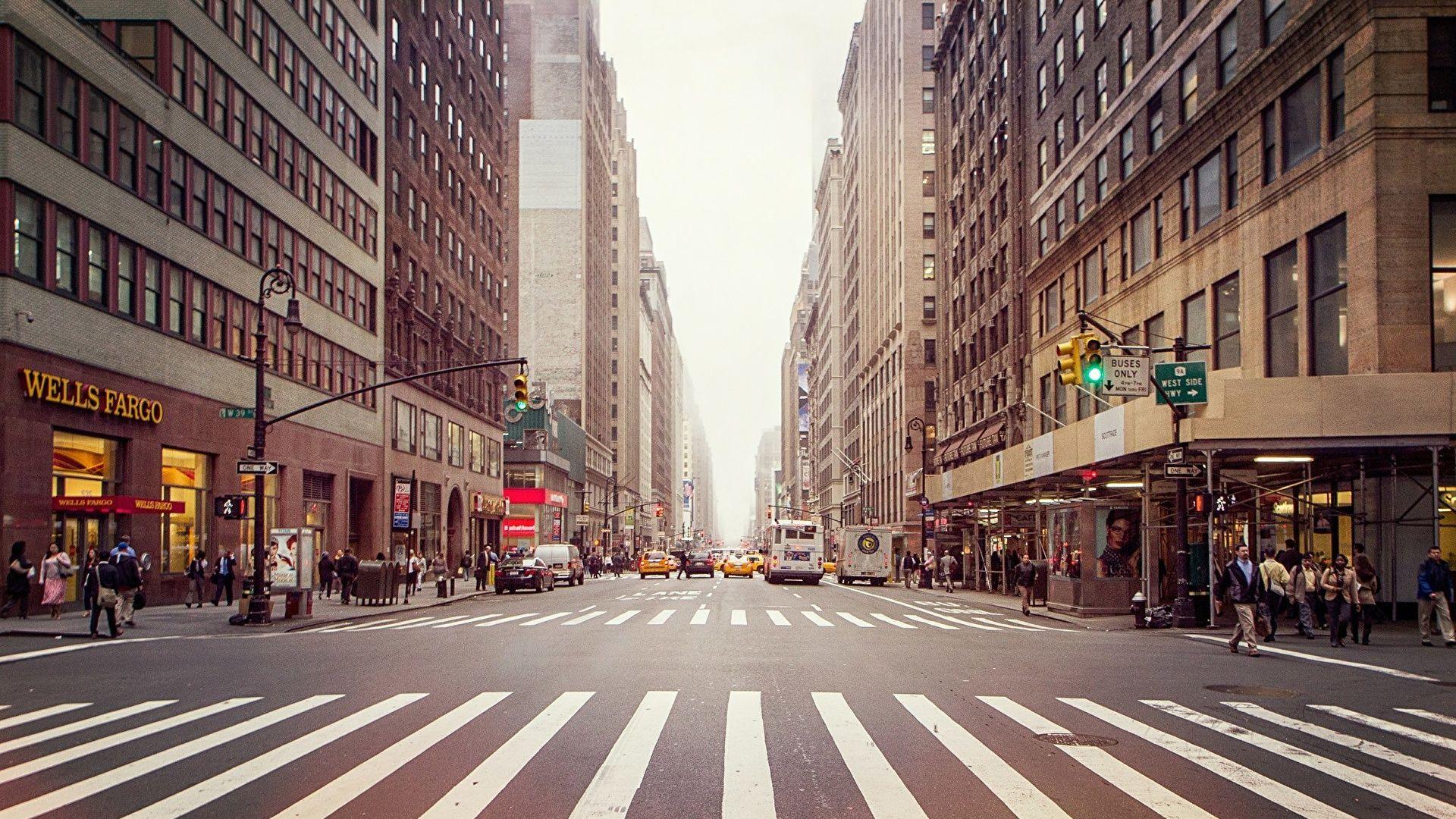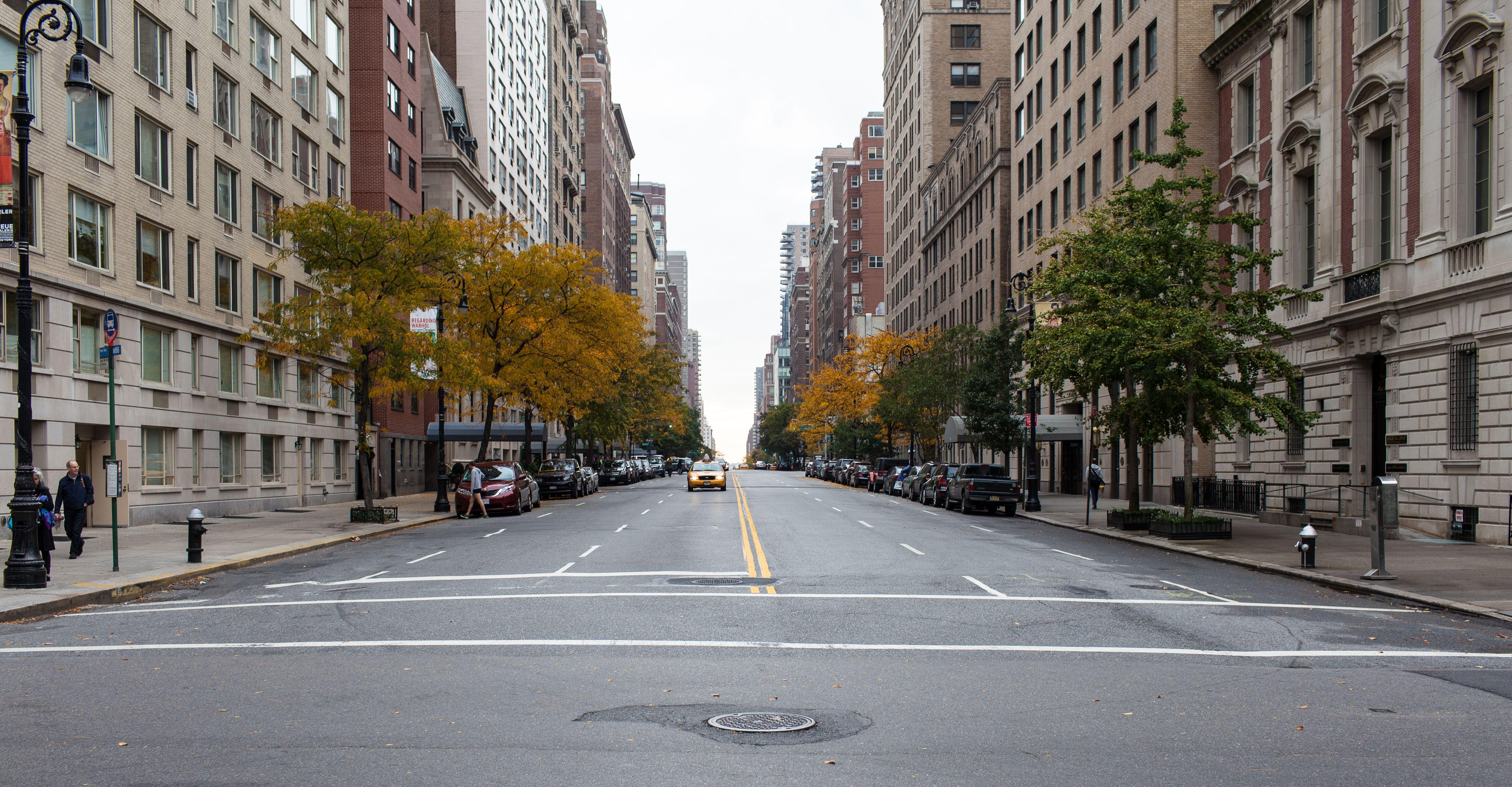AI-Generated Content
This article has been created using advanced AI technology to provide you with informative and engaging content.
AI-Curated Resources:
When you think about something like "street churros," a picture probably pops into your head – maybe a lively corner, a busy path, or a spot where people gather. This idea of a specific place, a public walkway, is pretty central to how we think about finding things, especially those delightful treats sold right where you are, out in the open. It's all about knowing where to look and how to get there, isn't it?
Finding a local business, say, a vendor offering those wonderful street churros, often starts with a simple thought: "Where can I find that?" We tend to reach for tools that help us see where things are, like maps that show us the lay of the land. These digital helpers give us a way to view what's around us and figure out the best path to follow, too.
The whole experience of seeking out something specific, whether it's a new coffee shop or a place for a sweet snack, ties back to how we understand our surroundings. It involves looking at how different areas connect and how we move from one point to another. It's really about making sense of the spaces we inhabit and finding what we're looking for within them, you know?
Table of Contents
- What Makes a Place a "Street" for Street Churros?
- How Do Maps Help Us Find Street Churros?
- Can You Really See the Street Where Your Churros Are?
- Sharing the Sweet Spot for Street Churros
- Who Helps Create the Maps We Use for Street Churros?
- Finding Street Churros in a Specific Neighborhood - Like Spring Valley
- What Does "Street" Mean When You're Out and About?
What Makes a Place a "Street" for Street Churros?
When we talk about "street churros," the first part of that name, "street," is pretty important, wouldn't you say? It suggests a particular kind of spot, a public thoroughfare, perhaps in a city or a small town, or even a village. This kind of path is typically wider than, say, a narrow alleyway or a small lane. It usually has places for people to walk on the sides, too, which we often call sidewalks. So, a street is really a public passage, a way for people and vehicles to move about.
Think about how we use the word "street" in everyday talk, too. We might say someone lives "on a certain street," or perhaps a store is located "down the street." It describes a specific public route, a place where things happen out in the open. It’s the kind of place where you might expect to find a vendor selling something like street churros, right there for everyone to see and enjoy. It’s a very public kind of setting, more or less.
How Do Maps Help Us Find Street Churros?
Finding a particular spot, like where you might get your hands on some street churros, often relies on helpful tools that show us where things are. These tools, like online maps, let you quickly see local businesses. You can get a good visual sense of the area and receive clear directions on how to get there. It’s pretty convenient, actually, to be able to pull up a map and instantly get your bearings.
It’s not just about seeing the roads, though. These maps often let you instantly look at a street view of almost any supported spot. This means you can get a virtual peek at the place before you even set foot there. You can see what the actual street looks like, what buildings are nearby, and get a better feel for the surroundings where those street churros might be waiting. It’s like getting a little preview, you know?
Can You Really See the Street Where Your Churros Are?
One neat thing about modern mapping is the ability to get a very real sense of a location without being there. You can, for instance, get a synchronized view that shows both a street-level perspective and a regular map view at the same time. This means you get two different ways of looking at your location, which can make things much clearer. It’s quite useful, really, for getting a full picture.
Imagine you are trying to picture where a street churros stand might be. Having that dual view means you can see the overall path you need to take on one side, and then, on the other, you get a close-up look at the actual street itself, complete with buildings and sidewalks. This really helps you get a good grip on the layout of the place, perhaps even spotting a particular landmark that tells you you’re in the right spot for those street churros. It’s a very helpful way to get your bearings, too.
Sharing the Sweet Spot for Street Churros
Once you discover a great spot for, say, street churros, or just any place you really like, you often want to tell others about it, don't you? Modern map tools make it quite easy to share those special views or locations with friends or family. You can also save your preferred spots, so you can easily find them again later without any fuss. This means keeping track of your favorite places is pretty straightforward.
This ability to share and save is a big part of how we interact with our surroundings and with others. If you find a fantastic street churros vendor, you can quickly send the location to a friend, letting them know exactly where to go. It’s a simple way to pass along good finds and helps everyone discover new things, perhaps even a new favorite spot for a sweet treat. It's almost like giving someone a personal tour, in a way.
Who Helps Create the Maps We Use for Street Churros?
When you use a map to find a spot for street churros, have you ever wondered who puts all that information together? Some maps, like OpenStreetMap, are actually a map of the whole world, and they are created by people just like you. It's a collaborative effort, meaning many different individuals contribute to building this vast collection of geographical details. And the best part? It’s completely free to use, operating under an open license, which is pretty neat.
The upkeep of these community-driven maps, and indeed many online services, relies on support from various groups. For instance, hosting for OpenStreetMap is backed by companies like Fastly, along with corporate members of the OpenStreetMap Foundation, and a range of other partners. These contributors help make sure that these helpful resources are available for everyone to use, perhaps when you are looking for those street churros in an unfamiliar area. It’s a big community effort, you know?
Finding Street Churros in a Specific Neighborhood - Like Spring Valley
To give you a real example of how these map features work, let’s consider a specific area. The neighborhood of Spring Valley, for instance, is located in Clark County, which is in the state of Nevada. If you were looking for street churros in this particular spot, you could use online map services to help you out. It’s a good way to see how these tools apply to a real place.
You can easily find directions to Spring Valley, browse local businesses that might be there, and even pinpoint landmarks. These services also give you current estimates for how traffic is moving, which is very helpful for planning your trip to get those street churros without too much delay. So, whether it’s an online street map of Spring Valley, Nevada, or looking up street names and roads in Spring Valley, NV, the tools are there to guide you. It’s quite practical, really.
What Does "Street" Mean When You're Out and About?
The word "street" itself carries a lot of meaning, especially when you think about where things like street churros are sold. At its core, a street is a public way or a thoroughfare, usually found in a city, a town, or a village. It’s typically wider than a smaller path, like an alley or a lane, and it almost always has walkways for people on either side, which we call sidewalks. It's a place for movement, for public life, and for commerce, too.
We often think of the street as the entire public passage, including those sidewalks. But sometimes, people might refer to just the paved part, separate from the sidewalks. For example, you might hear someone say, "Don't play in the street," meaning the part where vehicles drive. It’s basically a public way or a road, a fundamental part of how our communities are laid out. This is the very setting where you'd likely encounter those tempting street churros, you know?
It's important to remember that a street is more than just a line on a map; it's a physical space. It's where people walk, where cars drive, and where many everyday activities happen. The presence of sidewalks, for instance, makes it a much friendlier place for pedestrians, which is pretty good news if you're out looking for a snack like street churros on foot. This public nature is a key characteristic, defining it as a place accessible to everyone.
Understanding what a street is helps us make sense of our surroundings. It’s a distinct type of public path, different from, say, a private driveway or a secluded trail. It’s designed for general use, allowing people to get from one point to another within a community. This broad access is what makes it an ideal spot for businesses that cater to passersby, like those selling street churros. So, it's a very communal sort of space, in a way.
The very structure of a street, with its width and often its sidewalks, points to its purpose: facilitating movement and interaction. It’s a place where different paths meet, where people cross ways, and where the daily rhythm of a place plays out. This environment, bustling or quiet depending on the time, is precisely the kind of setting where a vendor might set up shop, offering something like street churros to those who are out and about. It’s quite interesting to consider, really
AI-Enhanced Visual Content


